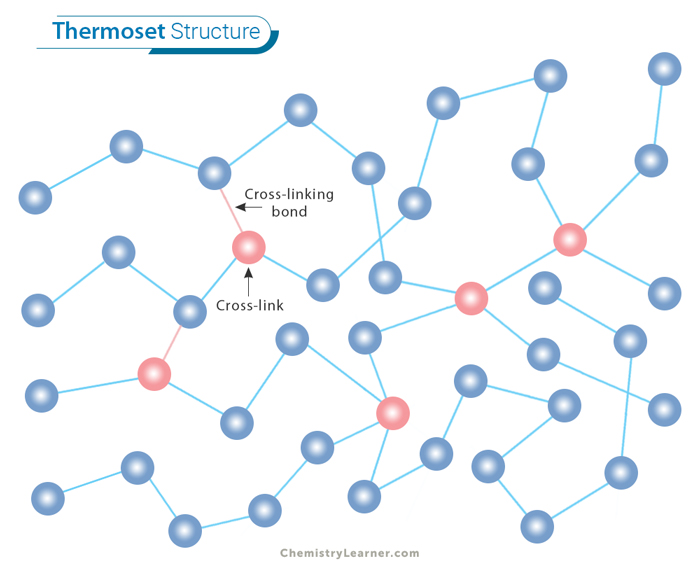Hammond Postulate
The Hammond postulate is a fundamental concept in organic chemistry that helps us understand the relationship between the structure of a molecule and its reactivity. This postulate provides valuable insights into how changes in the structure can affect the molecule’s stability and reaction mechanisms. [1-4]
Named after the American chemist George S. Hammond proposed it in 1955, the postulate suggests that the transition state’s structure more closely resembles that of the species (reactants or products) to which it is closer in energy. This means that as a reaction progresses from reactants to products, the transition state will resemble either the reactants or products, depending on whether it is an early or late transition state.
Transition State Structure [1-6]
Exothermic and Endothermic Reactions
In an exothermic reaction, the energy of the transition state lies nearer to that of the reactant rather than the product. As a result, as per the postulate, the transition state’s structure resembles the reactant’s. Similarly, in an endothermic reaction, the transition state ought to bear a closer resemblance to that of the product rather than the reactant.
Methane combustion is exothermic because it releases energy to the surroundings through heat. Photosynthesis is endothermic because it absorbs energy from the surroundings, specifically light energy, to drive the reaction forward.
SN1 Reaction
An SN1 reaction proceeds through a dissociative mechanism, producing a carbocation intermediate. The dissociation of the leaving group represents the initial transition state. The stability of the carbocations formed follows the order – tertiary > secondary > primary > methyl. This reaction is frequently observed in the interactions of tertiary or secondary alkyl halides with secondary or tertiary alcohols under strongly acidic or basic conditions.
Examples of SN1 reactions can be found in various organic synthesis pathways, such as the hydrolysis of tert-butyl chloride or the solvolysis of 2-chloro-2-methylpropane.
SN2 Reaction
SN2 reactions are concerted reactions where both the nucleophile and the substrate are involved in the rate-limiting step. This coordinated reaction happens in a single step involving breaking bonds and forming new ones. A strong nucleophile can displace a good leaving group to form a new compound. Therefore, understanding this reaction requires examining the transition state, which reflects the concerted rate-limiting step.
An example of an SN2 reaction is the substitution of bromomethane with hydroxide ions to form methanol.
E1 Reaction
In an E1 reaction, the rate-determining step is the unimolecular elimination process, removing a single molecular species to determine the reaction rate. The activation energy for this step can be lowered by stabilizing the carbocation intermediate formed during the reaction. Therefore, if the carbocation intermediate is highly stable, the reaction is more likely to occur faster due to a lower activation energy barrier.
An example of an E1 reaction is the dehydration of alcohols to form alkenes or the elimination of alkyl halides under certain conditions.
E2 Reaction
E2 reactions are one-step, concerted reactions where both the base and the substrate play a role in the rate-limiting step. In an E2 process, a base removes a proton near the leaving group, causing the electrons to form a double bond and expelling the leaving group in a single coordinated step. This reaction is classified as a second-order (bimolecular) elimination reaction because the rate law depends on the first-order concentration of two reactants. Factors such as stereochemistry, leaving groups, and base strength all influence the rate-determining step.
E2 reactions can be found in various organic transformations, such as alkene synthesis from alkyl halides or alcohol dehydration to form alkenes.
Application of Hammond Postulate
Here are some applications of Hammond postulate: [6]
1. Rationalizing reaction mechanisms: The Hammond postulate helps us understand the sequence of steps involved in chemical reactions by predicting the structures of transition states and intermediates.
2. Designing catalysts: The postulate assists in designing catalysts that enhance reaction rates and selectivity by predicting their energy profiles.
3. Predicting reaction outcomes: It helps foresee the relative stabilities of intermediates and transition states, thereby predicting the feasibility and selectivity of reactions.
4. Guiding synthetic routes: Chemists utilize the postulate to plan synthetic routes, selecting conditions and reagents that favor forming desired products.
5. Drug design: Understanding reaction mechanisms through the Hammond postulate is crucial in pharmaceutical chemistry for designing efficient synthesis routes for potential drug candidates.
Hammond Postulate and Bell–Evans–Polanyi Principle
Hammond postulate describes a chemical reaction’s geometric structure while indirectly providing information on the kinetics, pace, and activation energy. It forms the theoretical basis for understanding the Bell–Evans–Polanyi (BEP) principle, which states that enthalpy and rate in similar processes are often correlated. The BEP principle suggests that the transition state’s energy is linearly related to the energy difference between the reactants and products. It implies that reactions with lower activation barriers tend to proceed more rapidly. [7]
The Hammond postulate and the BEP principle can be linked in the context of the SN1 reaction. The SN1 reaction has two transition states: leaving group dissociation and nucleophile assault. Usually, leaving group dissociation determines the rate, so the dissociation step primarily influences the activation energy and reaction rate.





